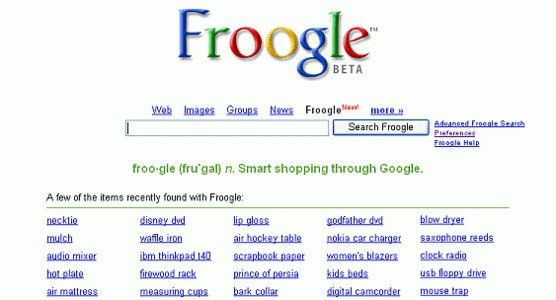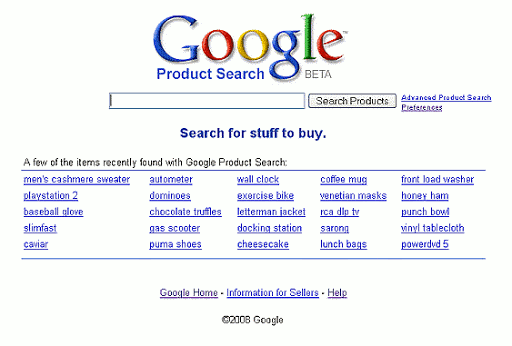E-commerce is experiencing strong growth year after year. As an entrepreneur, you’re well aware that this strong growth has come with the development of digital marketing and multi-channel acquisition techniques.
As you know, there are a number of practices you can exploit to attract qualified traffic to your e-commerce platform and optimize your sales performance.
Download our white paper
Levers such as Search Engine Optimization (SEO) and Search Engine Advertising (SEA) are the most widespread techniques.
Google Shopping sponsored campaigns are a must for e-commerce businesses. They deliver significant results and returns on investment. However, all these levers require different technical skills.
The origins of Google Shopping
The giant Google offers a range of tools to optimize the visibility of e-commerce sites. Google Shopping is one such platform that has revolutionized the world of online sales. Initially called Froogle in 2003, this tool was entirely free of charge.

The name was changed to Google Product Search in 2007 for reasons of internationalization. It is a product comparison services tool that enables all e-commerce sites to offer their products on the platform.

Then, 5 years later, Google Product Search changed its name to Google Shopping. It should be noted that the tool is not free. The principle of Google Shopping is to enable online retailers to display their products directly on the platform for a fee defined by the platform. Your products are positioned according to their relevance to the user’s search query, and also according to the maximum amount you are willing to invest for each click or action made by the user.
Shopping campaigns
It’s very important to know the basics of Google Shopping, so that you can make the most of it and ensure that your Google Shopping ad campaigns are successful.
Your ads must include several pieces of information to optimize their visibility on the platform.
All product information should already be included, such as price and a technical data sheet with an image of the product for sale. For greater efficiency, it’s important to combine your shopping campaigns with Remarketing campaigns. This retargeting technique is a common and proven practice in online advertising.
The principle of retargeting enables you to automatically track visitors who have visited your site, or a particular page.
It’s a powerful strategy for encouraging your visitors to convert and complete their purchases on your site.
Given the constant evolution of Internet user behavior, Google is also updating its SEO and shopping campaign techniques, notably with Showcase Campaigns.
The latter offers several advantages, such as the possibility of displaying multiple visuals on the same ad.
With this evolution of Google Shopping, visitors can land on an expanded ad with a single click. It’s very important to have a rich catalog to enable Google to offer web users a wide choice of products likely to match their searches.
In addition, the creation of the Google Shopping feed is a prerequisite for launching on Google Shopping.
The Shopping Feed is a spreadsheet file containing all the information relating to your products (price, name, reference, color, availability, product qualifications, etc.).
You can create your Shopping Feed on a Google Sheet spreadsheet, using tools such as the Google template. This option is particularly recommended if your catalog is not large.
If this is not the case, we recommend the use of a feed module or aggregator, which will automatically create your Shopping Feed. There are several types of modules available for integration into your CMS, such as Prestashop, WordPress, Magento or Shopify. For a PLA (Product Listing Ads) campaign, as an advertiser, you’ll need to reference your feed in the Google Merchant Center and, of course, create an account.
And a key element will be optimizing your feed: we recommend that you reread our article onoptimizing your Shopping Feed.
If you’d like to know more about creating feeds or managing Shopping campaigns, please don’t hesitate to contact us!




